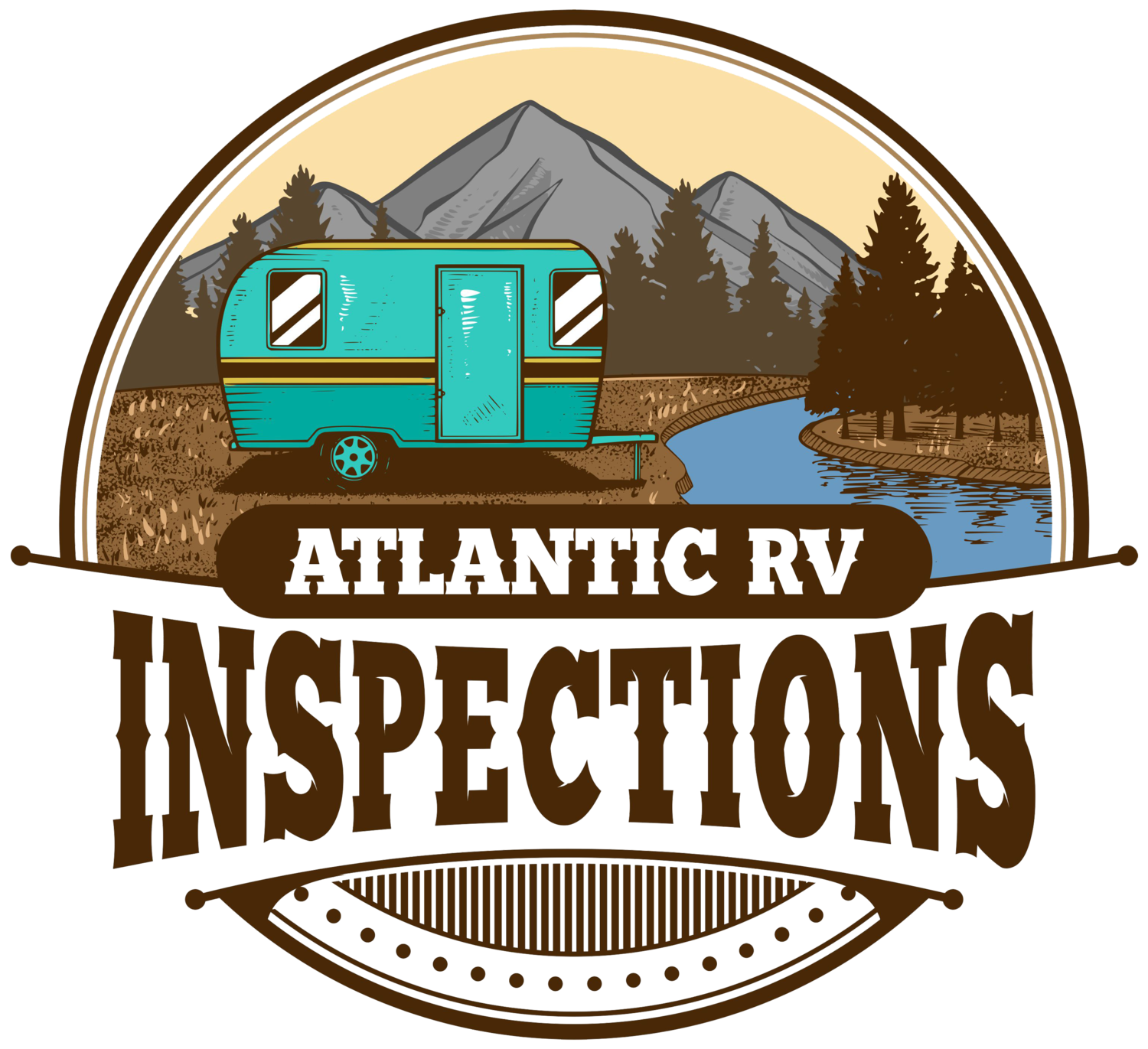
RV INSPECTIONS
Protect your investment and get total peace of mind before you complete your recreational vehicle purchase with a comprehensive, end-to-end inspection its interior, exterior, appliances, structure, and mechanical components.
COMPREHENSIVE RV INSPECTIONS
Atlantic RV Inspections is a nationally-certified RV inspection service providing complete pre-purchase and annual inspection services for campers, RVs, trailers, and motorhomes. Whether you are looking for an inspection before purchase, or looking to verify your RV’s condition upon selling, Atlantic RV Inspections offers you confidence and peace of mind.
Our services include:
Pre-Purchase RV Inspections
Annual RV Inspections
Pre-Trip RV Inspections
Post-Trip RV Inspections
RV Maintenance Inspections
We use state-of-the-art equipment and the latest industry standards to provide comprehensive and thorough inspections. Our team of inspectors will carefully examine all aspects of your RV, including the exterior, interior, electrical system, plumbing, and mechanical components.
Why Choose Us:
Experienced and certified inspectors
Thorough and comprehensive inspections
State-of-the-art equipment and tools
Affordable pricing
Fast turnaround time
Friendly and professional customer service
What Does an RV Inspection Cover?
Our comprehensive, 60+ point RV inspection covers the interior, exterior, life safety, appliances, and more. When you contact ARI for an inspection, you can expect to receive a confirmation and follow-up within 24 hours walking you through the process, find a time that suits you best, and provide an up-front cost estimate. You can expect your full RV inspection to take approximately 4-10 hours. Upon completion, your inspection report and photos will be uploaded for your review.
Your RV inspection will include the following:
-
Inspect and rate the overall roof condition.
Rate the condition of the roof vents, air conditioners, antenna, and other components that are mounted on the roof.
-
Inspect and evaluate the appearance and functional condition of the sidewalls, entrance doors, windows, and cargo access doors.
-
Inspect and rate the roof condition.
Inspect and evaluate the condition of the seals, sweeps and gaskets for possible damage.
-
Operate and rate condition of the awning frames and latching mechanisms.
-
Activate and evaluate the operation of the DOT lights.
Visually inspect the chassis battery compartment the electrical connections and batteries.
-
Inspect and rate the condition of the power cord and its connection ends.
Remove cover panel of 120-volt circuit breaker box to visually inspect the condition of the wiring, circuit breakers and grounding connections.
Test and verify the output operation of the 120 VAC to 12 VDC converter for charging of the deep cycle batteries.
-
Identify and note the model, serial number and run hours of the generator.
Check oil level.
Start and operate the onboard generator.
-
Visually inspect the coolant reservoir, radiator, and hoses.
-
Identify and note the model and serial number of the inverter.
Visually inspect the wiring and electrical connections and fuses/circuit breakers.
-
Evaluate the condition, age, and matched sizing of the battery stack.
Access and visually inspect the wiring, fuse panel and fuses of the 12-volt DC electrical system.
-
Verify the fresh water connections for the City Water hookup are operational.
Verify the onboard fresh water tank and pressure pump system will operate and maintain pressure.
-
Operationally test and inspect both waste (gray and black) plumbing systems for leaks under the sinks, shower, around the toilet and discharge lines.
Operate both drain valves and test for ease of operation.
Verify the drain cap is in place and will hold waste water.
-
Perform and document LP gas timed leak test at cook top burner spud for 5 minutes at 8 inches of water column gas pressure.
Test the Ground Fault Circuit Interrupter (GFCI) circuits in the 6-foot range of the water areas of the bathroom, kitchen and exterior receptacles.
Test all wall receptacles for correct polarity and ground fault.
Test the exterior skin for Hot Skin that would cause electrical shock.
Emergency Exit Windows – Verify all safety windows are operational.
Fire Extinguisher – Verify unit is secure in bracket and dial indicates extinguisher is fully charged.
Smoke/Fire Detector –Test and verify operation of units.
Carbon Monoxide Detector (if applicable) – Test and verify operation of unit.
LP Gas Detector – Verify gas detection and audio alarm. Document expiration date of detector.
Verify the rubber grommet is properly sealed around LP gas line of water heater – if equipped.
-
Visually inspect all hoses and pressure regulators for damage and age deterioration.
Verify the plastic cover has been installed over the regulator.
-
Conduct a visual inspection of tank for rust or physical damage if tank is accessible.
-
Identify the brand, model, and type of refrigerator.
Operate on all heat sources – 120-volt AC, LP gas and for 3-way refrigerators, 12 volt DC.
Collect serial and model number and verify with manufacturer if a recall notice has been issued and completed for this unit.
-
Identify the brand, model, and type of water heater.
Fill tank with water (if necessary) and verify operation on all heat sources – LP gas and 120-volt AC if equipped with heating element.Item description
-
Operate and verify warm air discharge out of vents and proper return air flow to unit.
-
Verify the ignition and operation of all top burners and the oven flame.
-
Perform cooling efficiency test (Delta T) on each unit.
-
Visually inspect and verify a wash and rinse cycle of the washer and dryer.
Evaluate and rate the exterior condition of the dryer exhaust vent.
-
Identify and list the brand, model, type, and output wattage of the unit.
-
Identify and list the brand, model, and type of unit.
-
Identify and list the brand, model and type of unit.
-
Identify and list the brand, model and type of unit.
-
Operate and verify condition of the exhaust function and fan speeds.
-
Operate and verify condition of the blade direction and fan speeds.
-
Visually inspect all ceilings, walls, interior doors, and flooring for signs of water intrusion, surface damage and/or staining.
Operate all interior, exterior and decor lighting – 12-volt and 120 volts.
-
Inspect and evaluate all cabinet doors, drawers, and pull-out operation.
-
Visually inspect the condition of the dinette table/booth, chairs, recliners, and sofa.
Visually inspect and note signs of mattress damage or staining.
-
Visually inspect and operate all TV and stereo equipment.
Verify DVD/disc players and radios are operational.
-
Evaluate and rate the seals around the framework and doors for water leaks.
Operate the door and latch system to verify its operation.
SCHEDULE YOUR RV INSPECTION.
Booking your RV inspection is just a couple of short questions away. Tell us how to get in touch with you and when you’re looking to have your inspection completed, and we’ll respond back within 24 hours to confirm your appointment.
For questions before you schedule, please call (301) 674-6469.

